As global demand for oil and gas surges, pragmatism returns to the energy discussion

Faced with soaring costs that rippled across economies, governments around the world embraced the critical need for energy security in 2023, adopting a more pragmatic approach to achieving climate goals.
The world used more crude oil and coal in 2023 than anytime in human history, while global demand for liquefied natural gas (LNG) continued to grow as a vital fuel source, primarily in Europe and Asia.
Europe in particular stepped back from some of its more aggressive timelines for reducing its reliance on oil and gas, with some nations striking long-term supply deals for LNG, returning to burning coal, or renewing investment in oil and gas exploration.
Economic powerhouses China and India increasingly turned to coal to power their developing economies, spurring global growth of the most emissions-intensive fuel, while the U.S. maintained its lead as the world’s largest producer of oil and gas, setting new high water marks for both.
Canada, meanwhile, saw steady progress on some key energy projects, completing construction of the Coastal GasLink pipeline, achieving major milestones on the LNG Canda export terminal, seeing the Trans Mountain pipeline expansion near completion, and the approval of a new major oil sands project for the first time in five years.
The following is a recap of some of the key events from 2023, outlining how oil and gas have once again taken centre stage in the aftermath of Russia’s 2022 invasion of Ukraine, and the global energy crisis that it made worse:
January
- Japanese Prime Minister Fumio Kishida visits Canada to make a personal appeal for more access to LNG. Like German Chancellor Olaf Scholz just five months earlier, Kishida is essentially rebuffed by Prime Minister Justin Trudeau.
- The International Energy Agency predicts that global oil demand will reach a record high in 2023, an increase of 1.9 million barrels per day from 2022’s previous peak.
- With LNG emerging as a critical resource to deal with the lingering global energy crisis, the United States catches up to Qatar as the world’s largest exporter.
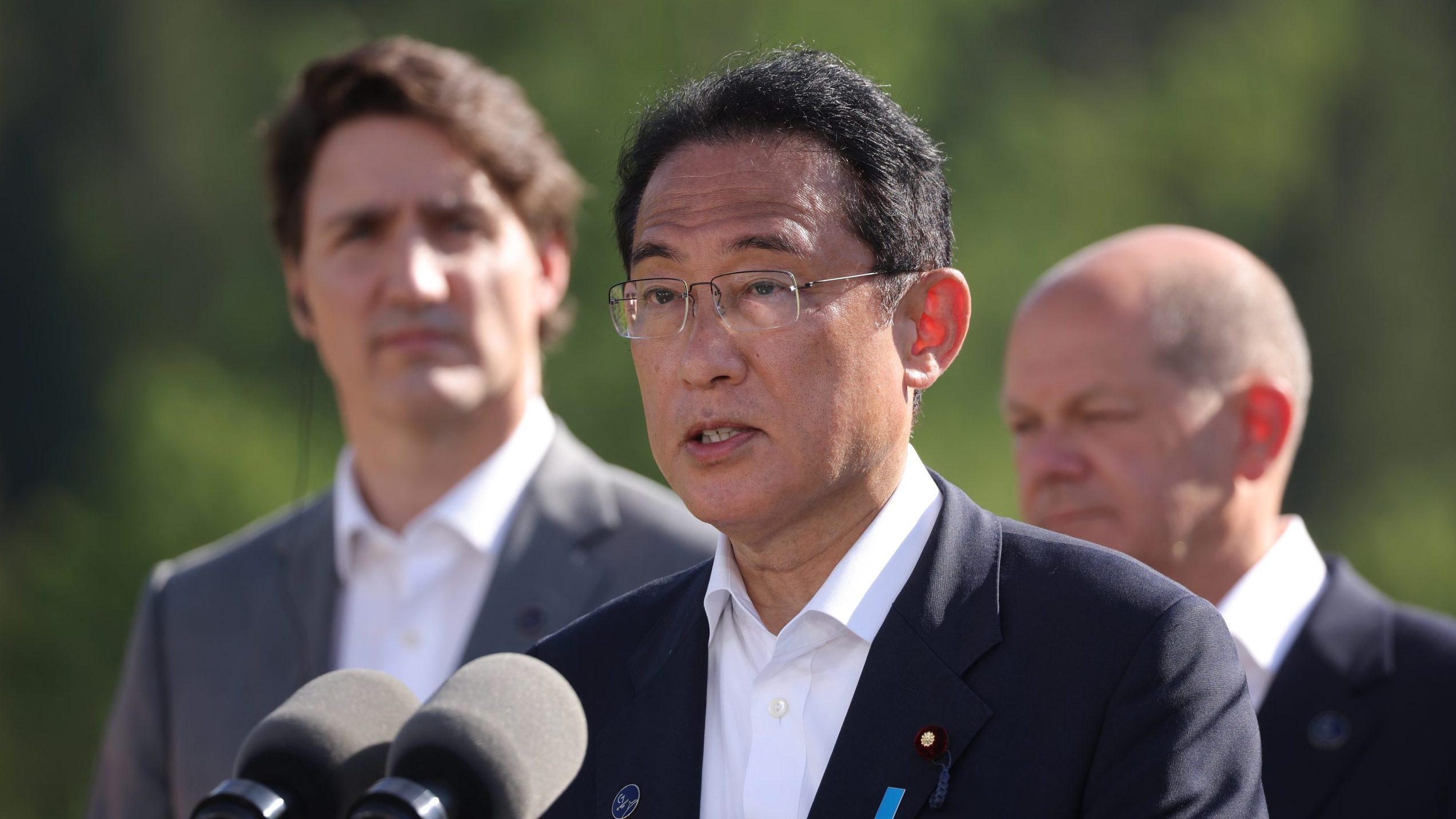
February

March
- China shows signs of economic resurgence after re-opening from its sweeping “zero-Covid” policies. The IEA projects China will account for nearly half of all projected growth in oil demand in 2023.
- In the U.S., the Biden Administration approves a massive new oil project in Alaska, expected to produce as much as 180,000 barrels per day of crude oil over the course of 30 years. The project is also estimated to create some $17 billion in revenue for the U.S. federal government.
- A new report by the UK-based Energy Transitions Commission finds that global investments in green energy would need to increase to $3.5 trillion per year in order to reach global net zero targets by 2050. That would add up to $110 trillion in new spending by 2050, more than the world’s current combined GDP.
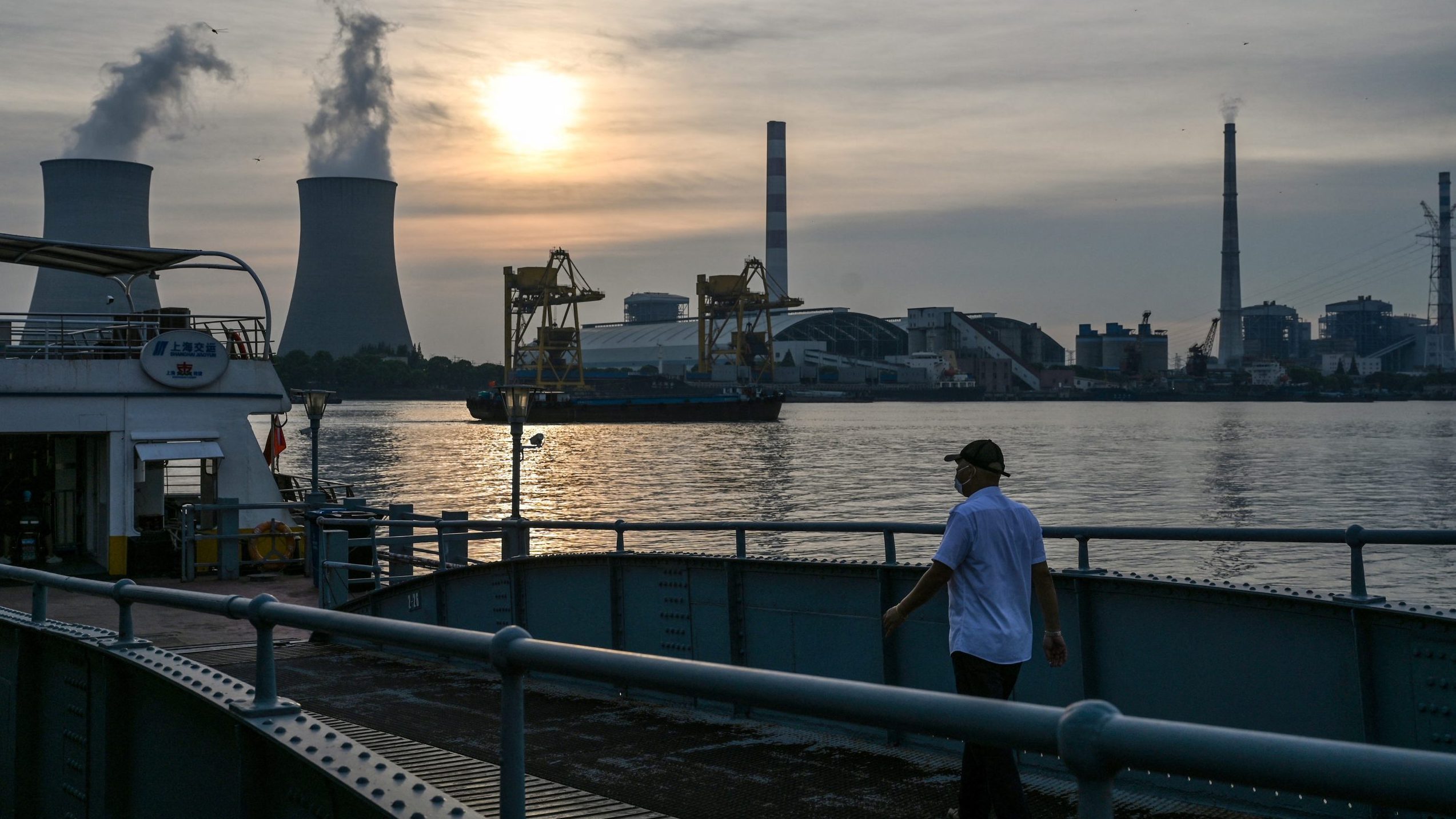
April

May
- Recognizing the growing need for energy security across Europe and the world, Norway says oil and gas companies have a “social responsibility” to find more oil and natural gas resources in the northern Barents Sea adding they should “leave no stone unturned” in the pursuit of the critical resources. A month later Norway approves $18.5 billion to develop 19 offshore oil and gas projects.
- Skyrocketing demand for oil, led primarily by China’s economic surge, forces the IEA to recalculate its predictions for the year, upgrading its demand growth estimate to 2.2 million barrels per day to further increase record usage around the world.
- Canada’s Public Policy Forum estimates phasing out the country’s oil and gas industry in an effort to reduce emissions will lead to the loss of some $100 billion to the nation’s economy by 2050, with Alberta bearing the brunt of the blow. “This essentially amounts to a deep recession without a recovery ever materializing,” the authors wrote.
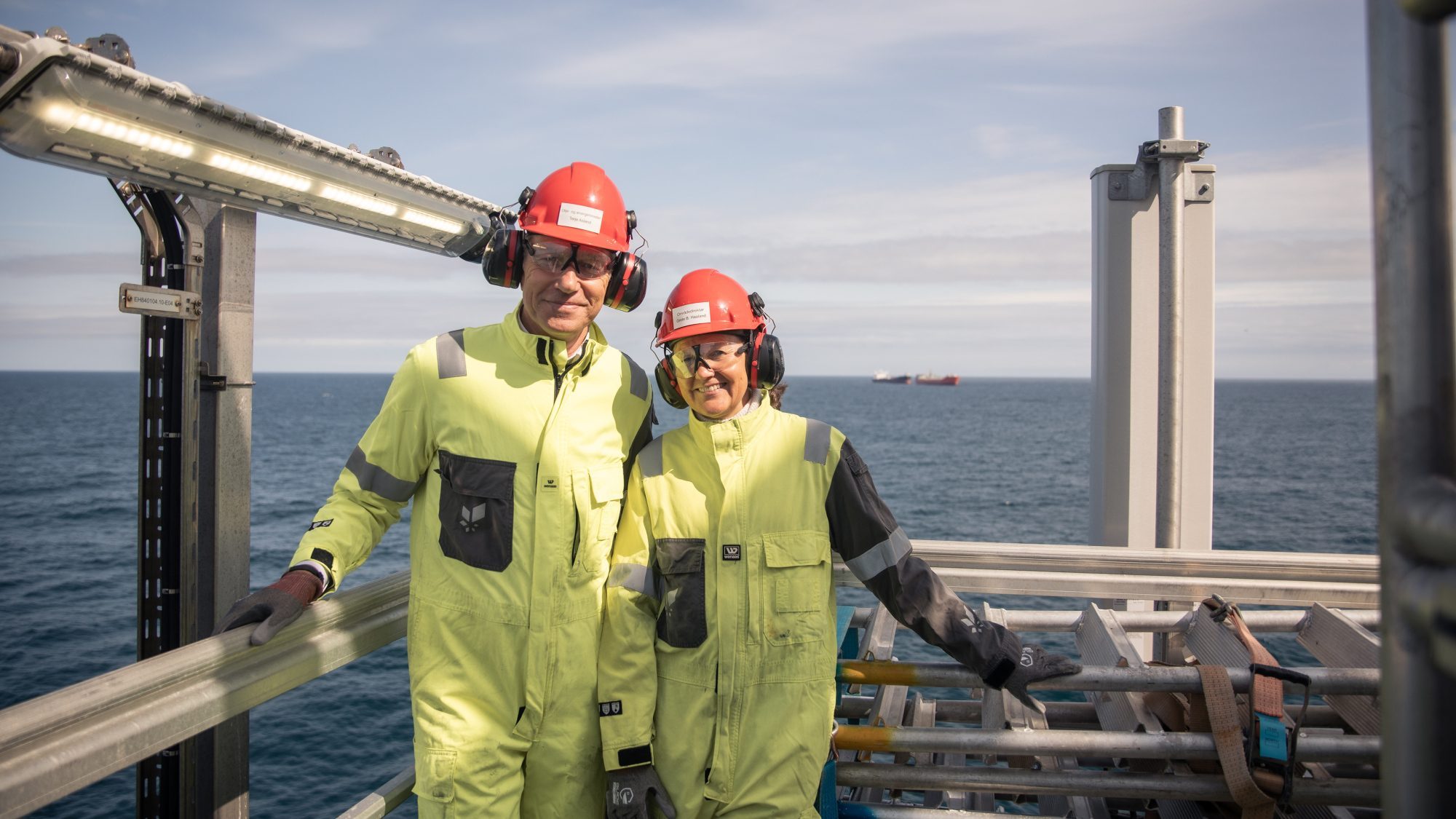
June
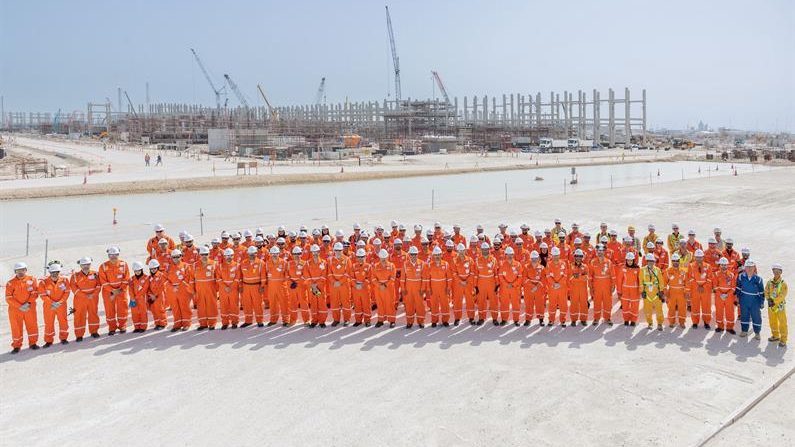
July

August
- Independent researchers announce that China continues to ramp up coal power use, permitting 52 gigawatts of new capacity over the first six months of 2023. The additional plants would increase China’s coal burning capacity by 23 per cent.
- Independent analysis by S&P Global finds that Canada’s oil sands emissions remained flat in 2022, despite production growth, a positive sign that measures to reduce emissions are working.
- For the second year in a row, Pakistan is forced out of the pricey LNG market, putting the impoverished country at high risk of a national energy crisis.

September
- Meeting in India, leaders of the G20 highlight the importance of energy security, and while agreeing to triple renewable capacity by 2030 avoid any language calling for a phase out of fossil fuels. Fault lines emerge between the West and developing nations that want to harness oil, natural gas and coal to grow their economies.
- The IEA releases its updated road map for reaching net zero, suggesting global demand for fossil fuels will peak before 2030. The stance is blasted by OPEC as one that could lead to global “energy chaos” and ignores the IEA’s own acknowledgement that one the world’s current trajectory, oil, gas and coal will still account for 62 per cent of the world’s energy mix in 2050, compared to 78 per cent in 2021.
- Saudi Aramco, one of the world’s largest oil producers, announces its intention to enter the burgeoning LNG industry, buying a minority stake in MidOcean Energy, which is looking to obtain stakes in four Australian LNG projects.

October

November
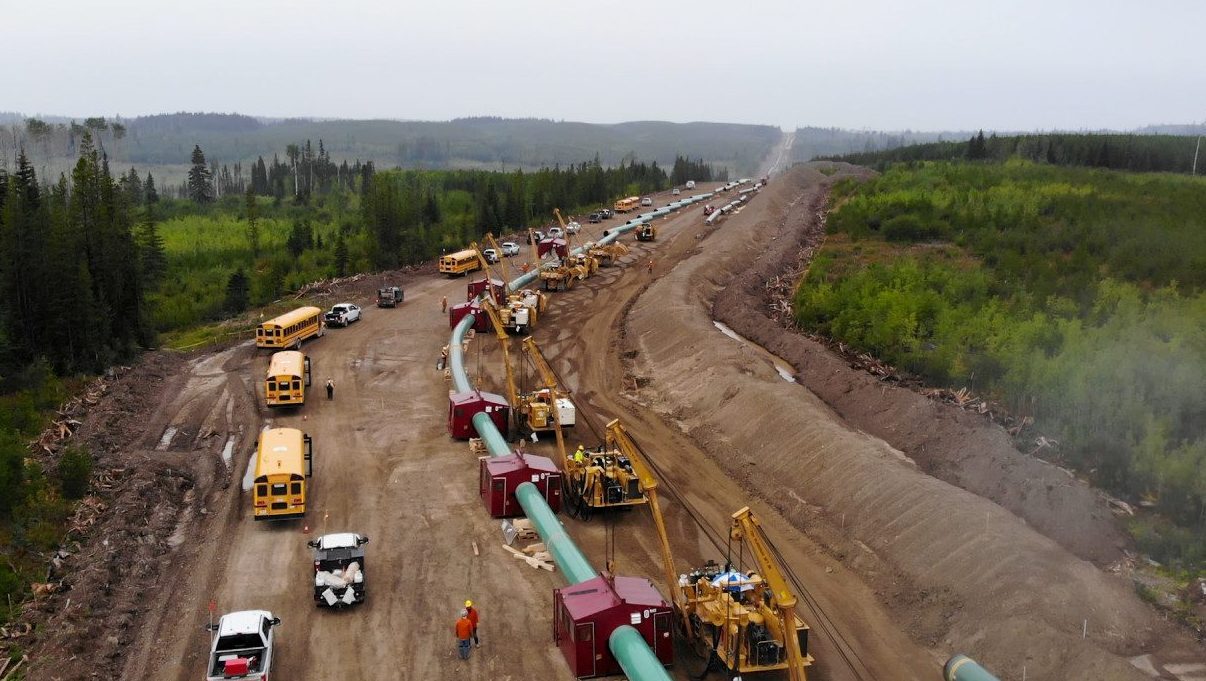
December

Share This:




